The first wave of new Apple products this year will be released next Thursday Beijing time.
Since the specific date and location of the event have not been disclosed yet, it is highly likely that a live press conference will not be held. Perhaps, like the new M4 Mac product in November last year, a few product introduction videos will be released.
Unlike previous product launches without prior notice, this time Apple CEO Tim Cook sent out an invitation letter a week in advance to warm up the event, and also used the term “new member of the family”, making people look forward to the new product launch event even more.

iPhone SE 4
It is basically certain that the iPhone SE 4, which has been leaked many times, will be unveiled at this conference and may also be the most important new product of this conference.
The biggest update may be the appearance of this phone. It is reported that the front will be closer to the iPhone 14: the classic iPhone design with the Home button and thick border has completely disappeared, but it is likely to be a “bangs” rather than a “smart island”, and the fingerprint unlocking will also be upgraded to Face ID; the size of 6.1 inches is in line with the standard version of the iPhone, and the middle frame has also become a right-angle design.
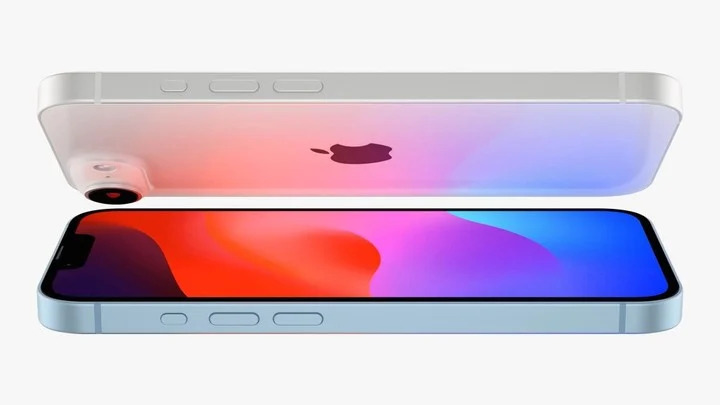
At the same time, this screen is also likely to use OLED material and have the same 60Hz refresh rate as the iPhone 16.
On the back of the phone, there is most likely still only one main camera, but it is expected to be upgraded from the previous generation’s 12 million pixels to 48 million pixels. The front camera may also be upgraded from 7 million pixels to 12 million pixels.

In terms of performance, the iPhone SE 4 should continue the SE tradition and continue to align with the latest standard version, equipped with the same A18 processor as the iPhone 16, and paired with 8GB of RAM to reach the threshold of Apple intelligence.
As for the phone’s buttons, current models and third-party phone cases show that the iPhone SE 4 will use a customizable “action button” above the volume button , but it will miss the iPhone 16’s new “camera control” module.
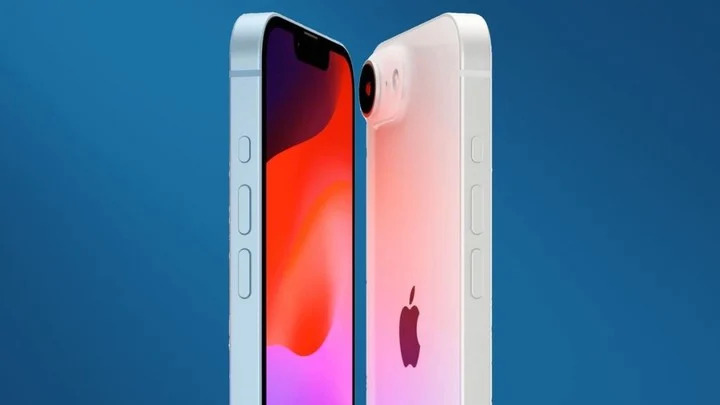
There are also some expected upgrades: Type-C interface, dual-SIM support, and MagSafe magnetic charging.
According to reports, the iPhone SE 4 is also expected to be the first appearance of Apple’s self-developed 5G modem. Compared with the SE4 phone itself, its performance is the focus of attention. According to technology reporter Mark Gurman, the performance of this first-generation self-developed baseband may be weaker than the Qualcomm baseband currently used in the iPhone.
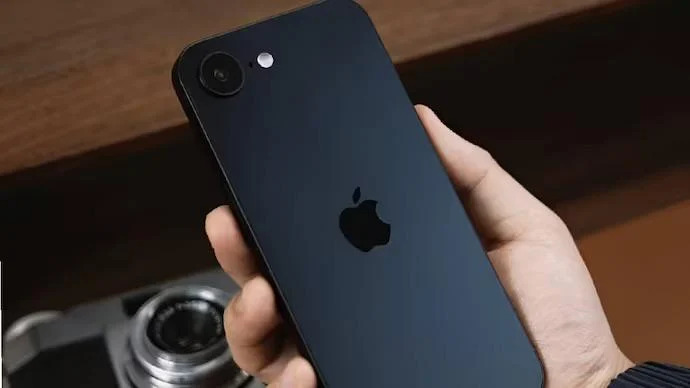
The iPhone SE4 is rumored to start with 128GB of storage and be priced at US$499 (approximately RMB 3,657.82). The domestic price will be around RMB 3,999 and is expected to support national subsidies.
It has been rumored before that this phone will not be named “SE”, but will become a new “iPhone 16E” product line. Perhaps this is the meaning behind Cook’s claim of “new member of the family” – a reshaping of the brand.
Because of its performance configuration comparable to the latest flagships and support from Apple smartphones, as well as the fact that it has finally been replaced with a more “modern” design, coupled with its lower price after national subsidies, this entry-level model may even become a strong competitor to the iPhone 16.
AirTag 2
The circular design of the invitation is reminiscent of AirTag, a small product that Apple has not updated for many years. And there have been previous reports that AirTag is expected to be launched this year.

It is reported that the built-in speaker of AirTag 2 will be more difficult to disassemble to prevent criminals from modifying it and using it to track others silently, further resolving the security controversy surrounding this product.
AirTag 2 may also use a second-generation ultra-wideband chip, which is expected to increase the tracking distance by 3 times compared to the current version. For reference, an iPhone 15 equipped with this chip can find friends within a range of 60 meters.
There are also new rumors that AirTag 2 will have improved integration with Apple Vision Pro as part of the spatial computing ecosystem, but there are no specific details yet.
MacBook Air M4
Another new product expected to be launched next week is the MacBook Air series equipped with an M4 processor, which is nearly a year after the last update.
This new product is expected to be similar to the MacBook Pro update in November last year. The appearance and design will not change much, and the main upgrade will focus on the new M4 processor.

It is expected that the starting configuration of MacBook Air will be a “low-power version” M4 and a 16GB+256GB memory storage solution. Upgrading the memory or storage can get a “full-power version” with a 10-core CPU + 10-core GPU, and support for two external displays when the laptop is open.
Previously, sources also predicted that after the M4 MacBook Air is launched, Apple will continue to retain the M2 MacBook Air as the entry-level model, but will remove the M3 MacBook Air.
Two new iPads
Apple may release more than one tablet computer, including two product series: iPad and iPad Air.
Last year, Apple updated almost all iPad products, except for the entry-level iPad series. Since the previous generation iPad 10 just got a new design, the iPad 11 is not expected to change, and the focus of the upgrade will be similar to the iPad mini 7, that is, mainly focusing on the internal configuration.
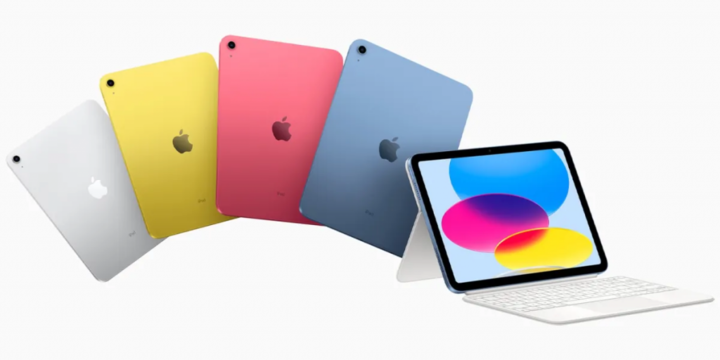
There is no reliable information about the processor of iPad 11. Mark Gurman revealed that iPad 11 will use the A17 Pro chip of last year’s new iPad mini; 9to5Mac speculated that the stock of A17 Pro is limited, and Apple will choose to equip iPad 11 with the same A18 processor as iPhone 16; some sources also pointed out that iPad 11 will be equipped with the same A16 chip as iPhone 15, which means that this entry-level device may not be eligible for Apple smart phones.
Gurman pointed out that Apple’s self-developed 5G modem on the iPhone SE 4 will also appear on the cellular version of the iPad 11.
The above may be the biggest upgrade of iPad 11. Many consumers are concerned about the screen configuration of iPad 11. There is no more information from the supply chain for the time being. It should continue to use the non-full-laminated screen that iPad 10 has been criticized for.

As for the compatibility of Apple Pencil, the entry-level iPad 11 is unlikely to support the Apple Pencil Pro launched last year.
There is another possible change in accessories: the Magic Keyboard cover that comes with the iPad 11 will also be updated, and its shape will be closer to the current design of the iPad Pro and iPad Air.
Although Apple released the iPad Air series equipped with the M2 processor in May last year, the new iPad Air 7 series is also expected to be released together with the iPad 11 in the near future.
Compared to the processor update, the most anticipated change of iPad Air 7 is the screen. Earlier, it was reported that Apple has been developing a display that supports a 90Hz refresh rate for the new iPad Air. The current iPad Air screen refresh rate is 60Hz.

As for performance, Mark Gurman expects that the iPad Air 7 will be upgraded directly from the M2 to the M4 processor, aligning with the MacBook Air; another source also pointed out that the next generation iPad Air will be equipped with the M3 processor.
The iPad Pro series will not be upgraded immediately. Mark Gurman expects that there will be no new iPad Pro products until the M5 chip for iPad is ready at the end of this year or early next year.
Smart Home New Products
2025 could be a key year for Apple’s smart home, with multiple home devices set to be released this year, some of which may debut next week.
There is a new “HomePad” device that has not yet been officially named and has been discussed a lot. It is reported that this device may be a wall-mounted display or a device with an integrated HomePod speaker. It will be equipped with a screen of about 6 inches and look like a square iPad with a camera.

The core functions of HomePad will include controls similar to the iPhone StandBy interface and home application, and support Apple applications suitable for home scenarios such as photos, Apple Music, Safari, memos, etc., as well as intercoms or FaceTime calls, and may even support Apple smart.
It has been three years since the release of the last generation Apple TV 4K set-top box, and Apple is likely to launch a new version this year.

There is currently little information about the new Apple TV 4K. 9to5Mac predicts that the new set-top box is expected to be equipped with an A18 or A17 Pro processor to support Apple smart functions, and will also be equipped with new Wi-Fi and Bluetooth chips.
Another product that has not been updated for a long time is the HomePod mini. This year, Apple is also expected to launch its first iteration, which may be equipped with Apple’s self-developed Wi-Fi and Bluetooth chips. Other updates may focus on its better sound quality, faster response speed, and new color options.
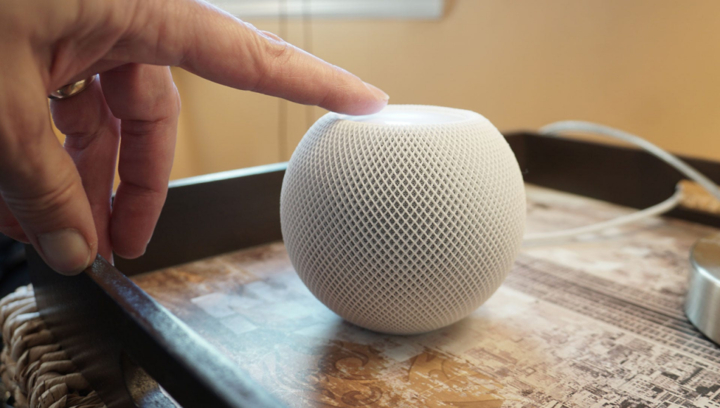
According to Mark Gurman, the focus of the launch event next Thursday will still be on the iPhone SE 4. AirTag 2 will be directly available on the official website without a dedicated video introduction. Other products such as MacBook Air and iPad may be launched later.
Although Apple has a tradition of releasing new products in spring, this time the iPhone SE is released earlier, perhaps aiming at the new round of government subsidies that are gradually being rolled out. If the iPhone SE 4 is priced at around 4,000 yuan (47754.92 INR), the government subsidies will bring the price down to around 3,500 yuan (41785.56) INR, making it a strong competitor to mid-range phones in this price range.
Similarly, even if the iPad, MacBook Air and other products covered by the national subsidy are not released next week, I believe we won’t have to wait too long.
Which new Apple product are you most looking forward to? Feel free to tell iFanr in the comments section.